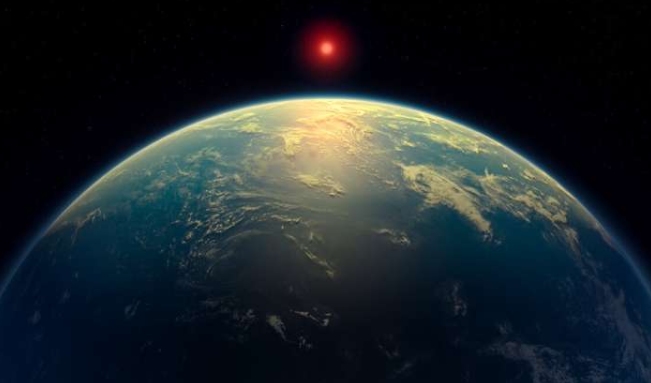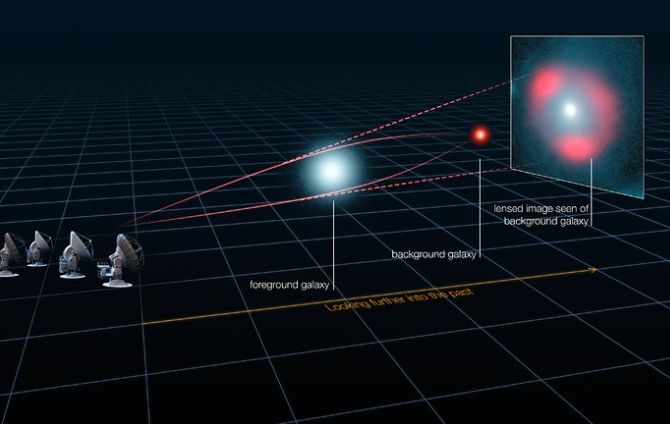Black holes are one of those flabbergasted phenomena of universe that research is still being done on the subject. Gravitational pull is what keep the things moving on earth but with a huge amount of power we can escape the gravity and can move around like in space ships, rockets etc.. However, this is not the case with black holes, density of the object is so high that it funnels down everything that touches it perimeter, light too cannot escape it and is engulfed by the unplumbed phenomenon.
Researchers have tried to explore the reasons of black hole and what lies beyond. However, they have settled down on a theory that the occurrence marks the end of stellar life. But the life beyond is still unfathomable.
Life Cycle Of A Star
The cycle starts with a huge cloud of interstellar gas majorly hydrogen and dust particles, which upon reaching a particular stage starts to cave in. The cloud’s own gravitational pull is responsible for the occurrence. In due course, these proto-stars develop into objects, which are so dense that they are able to uphold nuclear reactions (hydrogen morphing into helium) and a star is born.
Usually, a star’s tendency is to convert lighter elements into heavier ones and in doing so, it reaches its state of equilibrium. Therefore, a star’s life is never static, in order to reach the level of balance, it keeps on shifting stages. From cloud, it becomes star and then the black hole.
Dramatic Ending
No sooner a star reaches its threshold of death, gravitational collapse begins to take place. Death of star implies total exhaustion of stellar energy. Generally, stellar life span ranges from 40,000 years to more than 10 billion years. The end of a star plumes into black hole, which as per researchers is the last stage in the lifecycle of a star.
The black holes are relatively smaller in space but the gravitational force is so massive that it can engulf everything that comes near its realm.
Astrophysics And Black Hole
Space scientists advocate that way back in earlier period these uncanny objects were in full swing in terms of ingesting huge quantities of matter from their surroundings, beaming with glittering luminosity and spilling out small portion of this matter by means of very powerful jets.
Recent research done in the field of Astrophysics has shed light on the flow of material into the black hole. In order to study the effect, the team behind the research employed the Atacama Large Millimeter/submillimeter Array. Black hole in the galaxy NGC 1433 and remote but active object called PKS 1830-211 were taken into consideration, both being external galaxies.
Molecular gas in form of gyres close to the centre of NGC 1433 was discovered. A further closer look revealed, “a jet of material flowing away from the black hole, extending for only 150 light-years.” This also happens to be the first and the smallest molecular outflow observed in an external galaxy.
The finding is a breakthrough, as it will directly relate with forces that would stop the formation of star and stabilize the development of central bulges of galaxies.
The Future
Maybe in the near future, galaxies might go so far apart, that there would exist no influence of each other, each would be an independent universe and then gravity would be enough for each to cave in towards their respective black holes.
Or the ‘outflow’ could just be the beginning of another discovery, who knows we get to know the other side of black holes or are they doorway to other universes?
Image Credit: Space.com





[…] be the dying throes of black holes that were formed soon after the Big Bang. The phenomenon called black holes have been the most flabbergasting observable fact of the universe and until now, there has been no concrete evidence as to what is on its other side […]